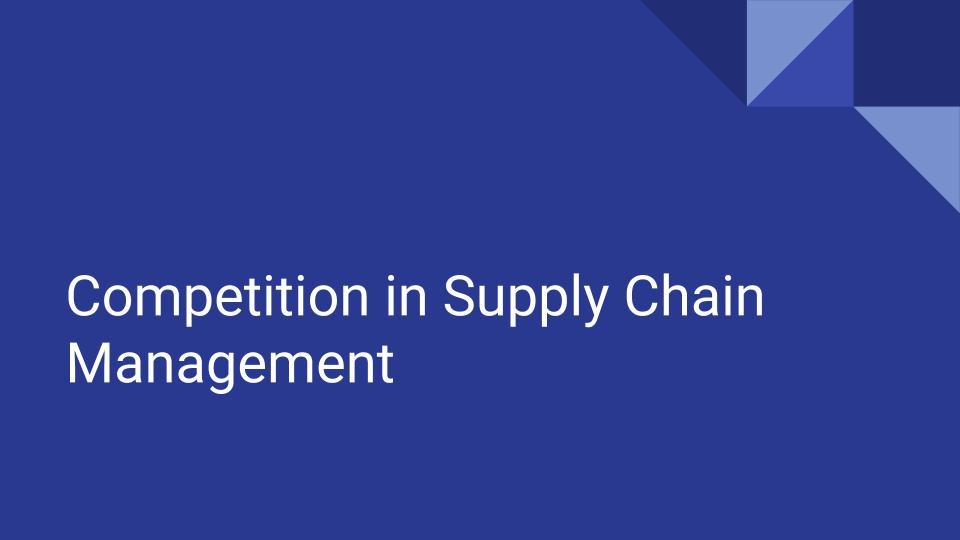
The presence of competition in an industry is the key to operational improvement. Quality in industry cannot be stressed enough, as the driving force for organizational operations. With increasing competition, as well as higher standards from the customer perspective, it is of the utmost importance for organizations to maintain consistent quality in their product or service delivery. Processes are not perfect, there will be various factors that influence the outcome of the product or service that is delivered to the customer.
For a given process, over time as the system stabilizes, it is possible for the organization to quantify their defects, and implement processes to keep those defects at bay via suitable reaction plans. With the appropriate reaction plans, companies can rest assured that their product quality is of a repeatable standard. Statistical tools exist to facilitate the appropriate analysis of a system. As with all tools implemented in the Plan, Do, Check, Act cycle, there are means by which the percentage of defects to the percentage of acceptable product standards are compared.
Competition is a natural element of capitalism. People are drawn towards success, and as a result the originators in any system will have to ensure that they remain ahead of the game. Competition is what keeps the business process interesting and dynamic. Growth, innovation and progress in industry are catalyzed by competition. It’s a thrill to always have to remain ahead of your competitors. In some cases, partnerships often result within industries of companies that once were competitors. This takes place within the aerospace realm. In an era where technology may be very advanced, and time is of the essence, the critical collaborations will ensure that organizations thrive.
In the mainstream sector, individual organizations are able to compete against each other in their quest to gain market share and profitability. The ability to build a team, and grow the organization continuously is key to thriving in a competitive environment.
The nature of humans is to compete to be the best. Maybe it’s a primal urge that came from our hunter gatherer days that’s evolved into our desire to be the best in our class, the best in our field, the best in our industry. The inner desire for competition is one that has evolved from our ability to keep growing and expanding and thriving in an economy that is always changing and growing. Even at the time of this writing, there’s a competition to see who’ll be the first to reach locations such as Mars in the space race.
Human evolution is born out of our competitive nature. As we satisfy the organizational need of profitability, in the future there can be more collaboration. Until then, it’s just helpful to keep an eye on your own progress, and just ensure that at the end of the fiscal year, you are at your organizational target. There are several factors that we can and can’t control, and in the organization’s perspective The Five Critical Forces are always at play.
The nature of the business game is always an economic one. As organizations grow, there is always that inner drive within the enterprise for increase in promotions, budgets and market share. Supply chain is one of the key levers that will sustain this accomplishment. Provision of goods to customers via evolving systems is a business operation that is increasingly being optimized across organizations. If customers can access your products via instore, online and even drone delivery, it will help your business to progress. For this reason, organizations are always challenging themselves to be bigger, better and more accessible than ever.
Here are a few advantages of competition in the supply chain realm.
- It helps to know where you stand. Rankings in an industry can indicate to an organization if they are on the right track in terms of capturing the market share and profitability. The demand of your product and service is indicated by how the market receives your product or service. Competition validates that you have someone that believes in the profitability of your idea. If you’re the monopoly, chances are the barriers to entry are either high, or other companies do not want to enter your field due to the nature of your business. People only want to work on ideas that are lucrative and accessible.
- Discomfort generates innovation. Knowing that your competitor is about to launch the next version of the iPhone, will encourage your company to also figure out how to keep customers interested in their products and services. Your innovation will spur new niches to be generated as a result of one company’s bold innovation.
- Generate focus. In many instances organizations may have many ideas that they’d like to implement. However, it will be important for an organization to choose one or two of those ideas…that are the most lucrative. Pareto’s principle tends to work faster when organizations have more competition that makes them make decisions faster and more efficiently.
Embrace competition! It’ll keep the business at its cutting edge.
